Dubai offers some of the most breathtaking locations for photographers seeking unique perspectives. From towering skyscrapers to serene coastal views, the city’s diverse landscapes provide endless opportunities for capturing stunning shots. Among the best photography spots in Dubai, observation decks, futuristic architecture, and vibrant waterfronts stand out as must-visit locations. Timing and composition play crucial roles in making each shot truly spectacular. Whether capturing the city’s golden-hour glow or its dazzling night skyline, Dubai is a dream destination for photography enthusiasts.
BURJ KHALIFA
The Burj Khalifa is one of the best photography spots in Dubai, offering breathtaking views from its observation decks. The 124th and 148th floors provide an unparalleled vantage point to capture the city’s vast skyline. At sunset, the warm light makes for stunning photographs, with the Burj Khalifa standing tall against the colorful sky. From ground level, use a wide-angle lens to emphasize the tower’s height and intricate details. Nighttime shots are captivating, as the tower is beautifully illuminated, creating a glowing effect. The Dubai Fountain offers excellent reflections of the Burj Khalifa, making it an ideal subject for water-based compositions.
For a different perspective, shoot the tower with surrounding skyscrapers to highlight its immense size. Incorporating the Dubai Mall and the surrounding area into your shots adds depth and context. The design of the Burj Khalifa is inspired by the Hymenocallis flower, making its shape particularly interesting in close-up shots. Early morning or late afternoon light is perfect for softer, more natural photographs. A telephoto lens is ideal for isolating the building’s unique exterior details from a distance. The nearby Dubai Opera adds an architectural contrast when photographed alongside the Burj Khalifa.
Long exposure shots can capture the movement of traffic below, adding dynamism to your photos. Reflecting the tower in the surrounding pools or fountains can create an additional layer of interest. Use leading lines, such as pathways and walkways, to guide the viewer’s eye toward the tower. From higher vantage points, such as rooftops or helicopter views, you can capture sweeping cityscapes. Experiment with framing the Burj Khalifa through other buildings or structures to add visual interest. The Dubai skyline at night, with the Burj Khalifa lit up, is a must-capture shot for photographers.
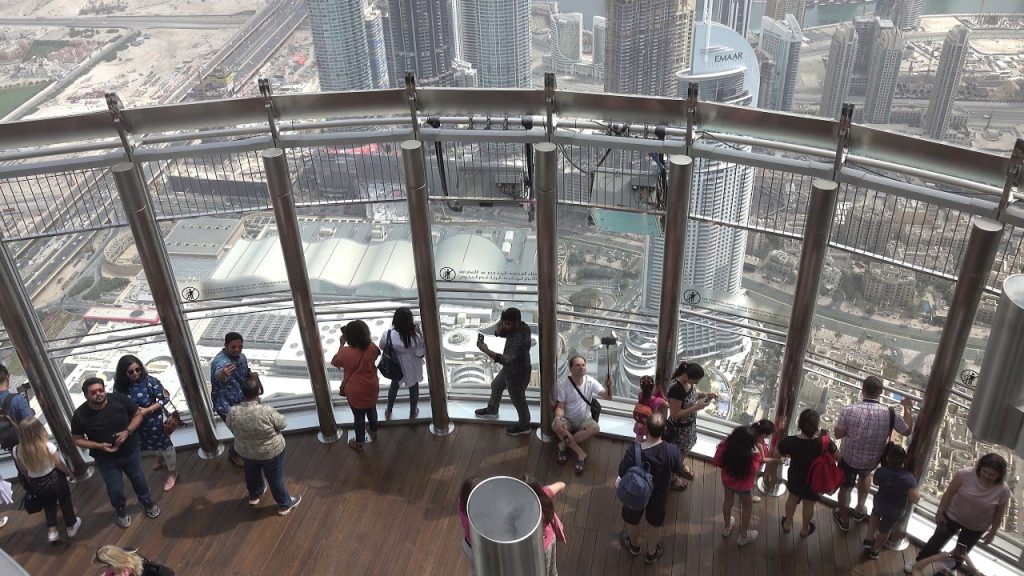
BURJ AL ARAB
The Burj Al Arab is an iconic symbol of Dubai and offers several unique photography opportunities. A popular spot for shots is from Jumeirah Beach, where the hotel’s sail-shaped silhouette contrasts beautifully against the horizon. During sunset, the colors in the sky reflect off the water, enhancing the dramatic effect of the shot. The golden accents on the hotel’s exterior provide a luxurious touch, especially when photographed at close range. Nighttime captures reveal the hotel lit up in vibrant colors, which creates stunning reflections on the water’s surface.
The Madinat Jumeirah complex nearby also offers a different angle, where you can photograph the Burj Al Arab from a distance, framed by traditional Arabian architecture. If you prefer a more intimate shot, try framing the hotel through palm trees. For a sense of scale, capture the Burj Al Arab alongside smaller surrounding buildings. In the early morning, the desert surrounding the hotel provides a calm, contrasting backdrop to the hotel’s modern design. The hotel’s helipad, which has been used for stunts and events, also makes for an interesting perspective.
Experimenting with reflections in pools or fountains around the hotel can add a unique element to your shots. From high vantage points like rooftops, the sweeping view of Dubai, with the Burj Al Arab in the foreground, is breathtaking. A telephoto lens can help isolate the hotel, blurring the background for a more dramatic effect. Try capturing the hotel against the desert dunes in the background for a sense of depth in your photos. Early morning and evening offer the best light for photography. Be mindful of the heat during summer; mornings and evenings are more comfortable.
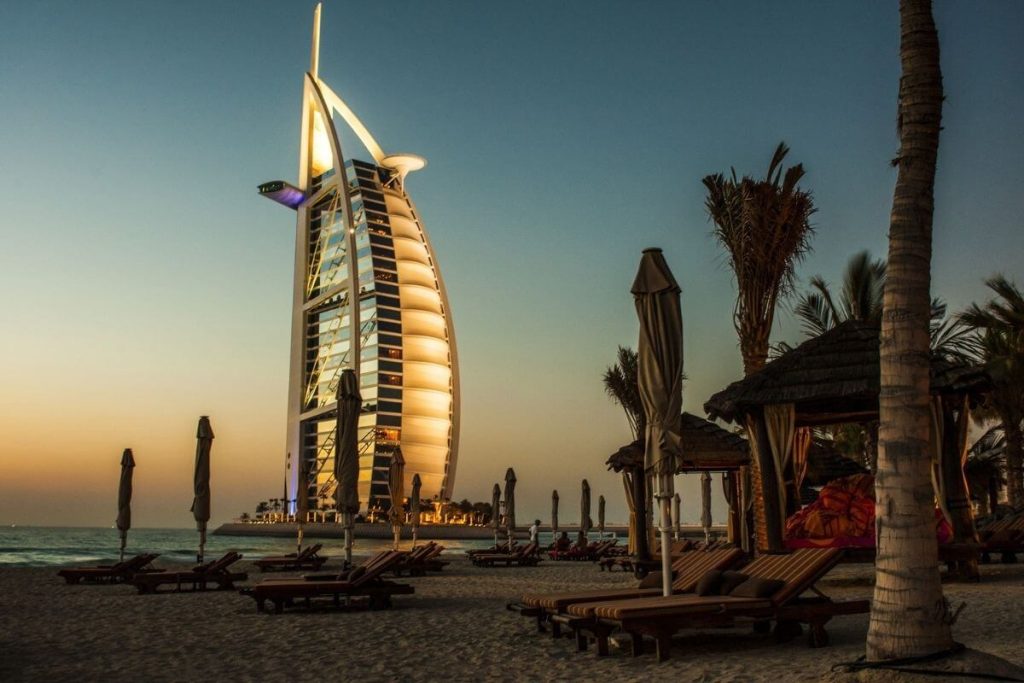
DUBAI MARINA
Dubai Marina is a vibrant waterfront district that offers photographers dynamic scenes. The marina’s promenade, lined with towering skyscrapers, creates a modern urban backdrop, especially striking during the blue hour when city lights shimmer. Reflections of these illuminated buildings on the water add a mesmerizing effect. For a unique perspective, shooting from the pedestrian bridges provides elevated views of the waterways and yachts below. Meanwhile, early morning captures the marina’s tranquility before the city awakens. The contrast between sleek architecture and traditional dhows docked along the waterfront tells a compelling story of Dubai’s blend of old and new.
For a broader perspective, a wide-angle lens helps encompass the full skyline, while a zoom lens isolates architectural details. Nearby Jumeirah Beach Residences (JBR) offers vantage points to frame the marina with the beach in the foreground. Additionally, long exposure shots at night can transform moving boats into streaks of light, adding energy to your images. The marina is also a hub for events and festivals, providing candid opportunities to capture local culture. Utilizing leading lines, such as the curves of the walkways, guides the viewer’s eye through the composition. Incorporating greenery and public art installations adds depth to your shots.
Sunset is particularly photogenic, as golden light enhances the skyline’s beauty. To capture the marina from a different angle, a boat tour offers unique waterfront perspectives. Moreover, the interplay of light and shadow among the high-rises creates interesting patterns throughout the day. During national holidays, decorative lights and festivities provide a festive atmosphere. Ultimately, Dubai Marina’s mix of residential, commercial, and leisure spaces makes it a versatile location for photographers seeking to capture modern Dubai’s essence.
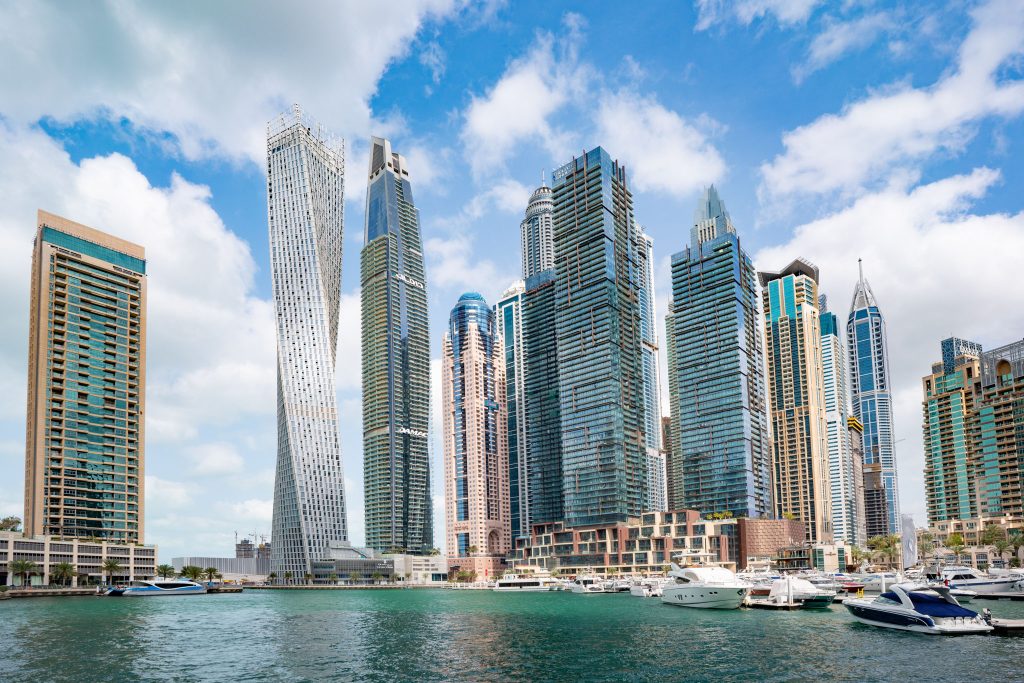
DUBAI CREEK
Dubai Creek is a historic waterway offering photographers a blend of traditional and modern scenes. Early morning light casts a soft glow on wooden abras (water taxis) ferrying passengers, providing opportunities to capture daily life. Meanwhile, the bustling souks along Deira, such as the Gold and Spice Souks, burst with vibrant colors and textures. Photographing merchants and their goods yields dynamic, candid images. The Al Fahidi Historical Neighborhood, with its narrow lanes and wind-tower architecture, provides a glimpse into Dubai’s past. Here, the interplay of light and shadow is particularly striking in the late afternoon.
For a unique perspective, a traditional dhow cruise at sunset showcases old-world vessels against a skyline of modern skyscrapers. Long exposure shots from the creek’s edge smooth the water, enhancing reflections of illuminated buildings. Dubai Creek Harbour is an excellent vantage point for skyline photography, especially during the blue hour. Additionally, incorporating elements like floating restaurants or the heritage village adds depth to compositions. The constant movement of boats offers opportunities for panning shots that convey motion. Meanwhile, textures of aged wooden boats contrast with sleek yachts, illustrating the city’s evolution.
At night, neon signs reflecting on the water add a splash of color to images. The creek’s bridges, such as Al Maktoum Bridge, create strong leading lines to guide the viewer’s eye. Wildlife photographers can capture various bird species along the waterfront. Framing shots through heritage buildings’ archways adds a sense of depth. The contrast between traditional abras and the metro crossing the creek symbolizes Dubai’s blend of old and new. Ultimately, Dubai Creek encapsulates the city’s heritage and progress, offering endless inspiration for photographers.
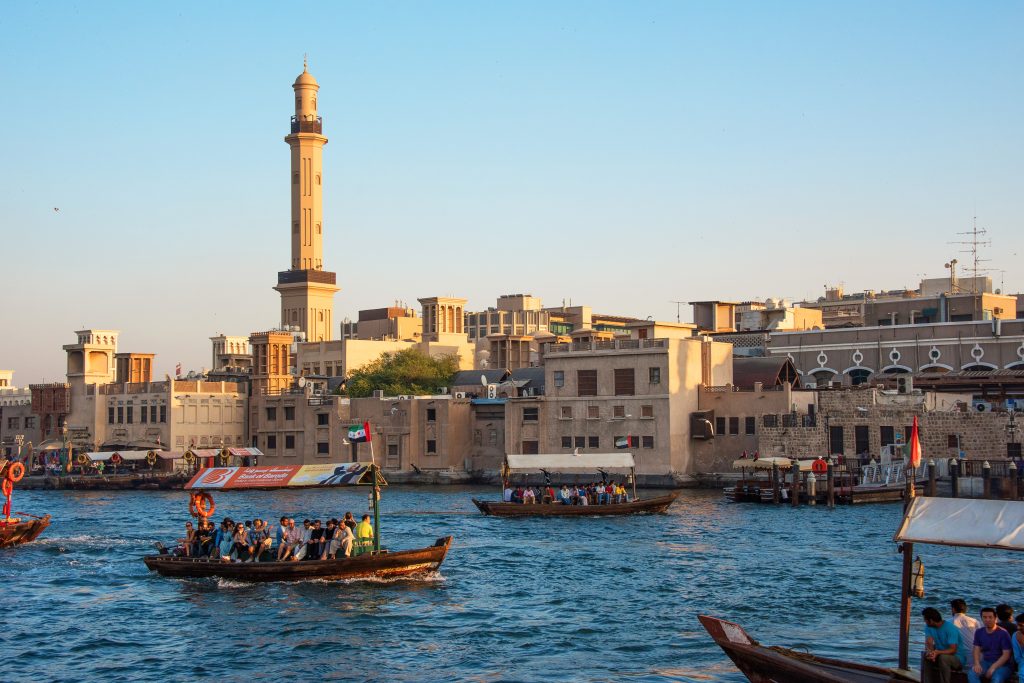
MIRACLE GARDEN
Dubai Miracle Garden is a vibrant oasis that offers photographers a plethora of colorful compositions. The garden boasts over 50 million blooming flowers arranged in intricate patterns and themed displays, providing a unique backdrop for any photoshoot. Early morning visits are ideal to capture the soft, diffused light that enhances the vivid colors of the floral arrangements. The heart-shaped arches, a signature feature of the garden, create natural frames perfect for portrait photography. Wide-angle lenses are recommended to encompass the expansive designs, while macro lenses can highlight the delicate details of individual blossoms.
The garden’s layout changes annually, introducing new themes and structures, ensuring fresh content for returning photographers. Aerial shots from the garden’s elevated platforms offer a different perspective, showcasing the symmetry and scale of the floral patterns. The Emirates A380 display, a life-sized floral rendition of the aircraft, stands as a testament to the garden’s creative installations. Capturing this exhibit during golden hour adds a warm glow, enhancing its visual appeal.
The Butterfly Garden, located adjacent to the Miracle Garden, houses thousands of butterflies, providing opportunities for dynamic wildlife shots amidst the floral settings. Tripods can be beneficial for stability, especially when shooting in lower light conditions or attempting close-up shots. The garden’s vibrant ambiance, combined with its diverse floral exhibits, makes it a must-visit location for photographers seeking to capture the essence of nature’s beauty in an urban setting.
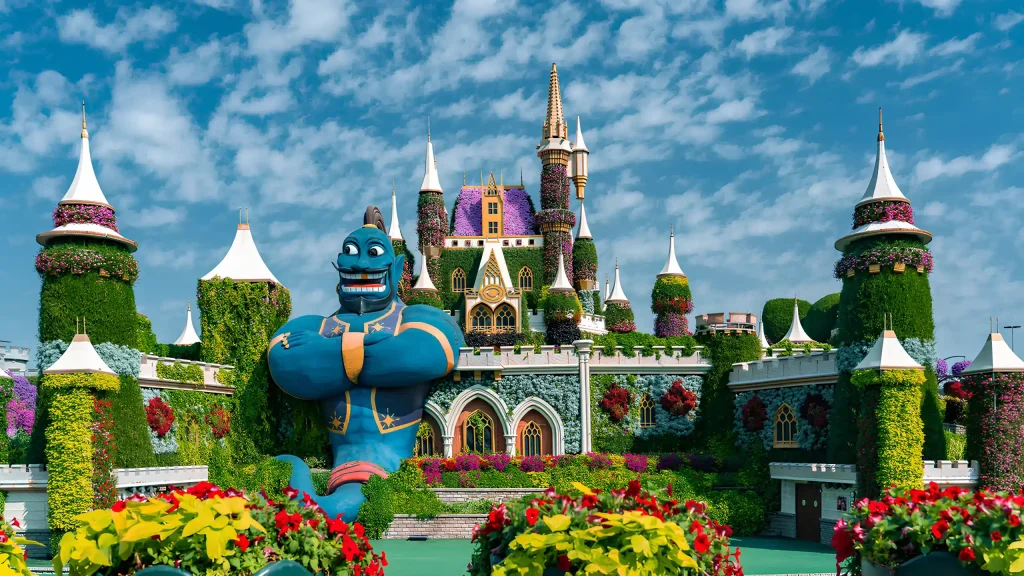
DUBAI FRAME
The Dubai Frame, standing at 150 meters, is an architectural landmark that offers photographers a unique subject. Its design resembles a massive picture frame, symbolizing a connection between the city’s historic and modern districts. Positioned in Zabeel Park, the structure provides panoramic views of both old and new Dubai from its glass bridge. Capturing the Frame from ground level, especially during sunrise or sunset, allows for dramatic lighting effects. The golden cladding reflects sunlight, creating a striking contrast against the sky.
For a symmetrical composition, photographing the Frame head-on emphasizes its geometric design. Incorporating surrounding greenery adds depth to your shots. At night, the Frame is illuminated, offering opportunities for long-exposure photography to capture light trails from nearby traffic. The interior’s glass floor provides an interesting perspective for creative shots, looking down 48 floors to the ground. Utilizing a wide-angle lens can help encompass the entire structure in a single frame.
The Frame’s location in Zabeel Park also allows for elevated shots of the city through the frame, juxtaposing old and new Dubai. The surrounding park area offers various vantage points to experiment with different angles and compositions. Early morning visits can provide softer light and fewer crowds, enhancing the shooting experience. The Frame’s design includes intricate patterns inspired by the Expo 2020 logo, which can be highlighted in close-up shots. Incorporating reflections from nearby water features can add a creative element to your photographs. The contrast between the Frame’s modern design and the traditional architecture visible through it encapsulates Dubai’s diverse architectural landscape.
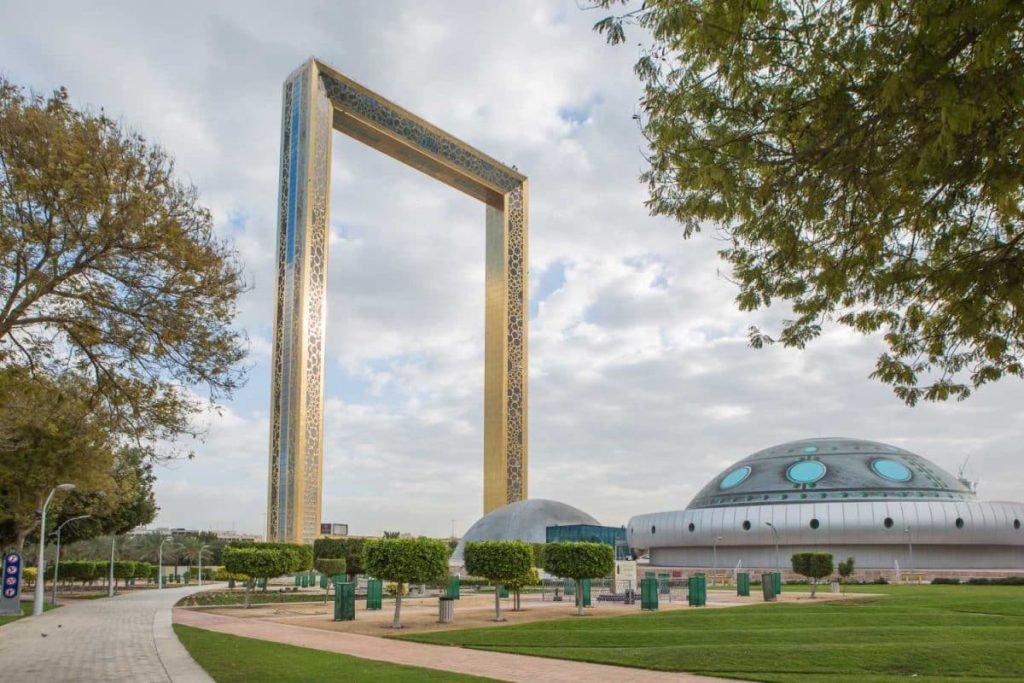
PALM JUMEIRAH
Palm Jumeirah, an artificial archipelago resembling a palm tree, offers photographers a blend of luxury and unique perspectives. The Boardwalk, stretching along the outer crescent, provides unobstructed views of the Arabian Gulf and the Dubai skyline. Sunrise shots from here capture the city bathed in soft morning light. Aerial photography, perhaps via drone, reveals the intricate palm-shaped design, showcasing the island’s engineering marvel. The Atlantis, The Palm resort stands as a focal point; its grand architecture is especially photogenic during the golden hour.
Monorail stations offer elevated vantage points for capturing the island’s layout. The Marina Residences’ promenade allows for framing yachts against towering residences, highlighting opulence. Night photography benefits from the illuminated Palm Fountain, where long exposures can capture dynamic water and light displays. Beachfront areas provide serene settings with the contrast of white sands and azure waters. The Pointe offers a bustling atmosphere with dining and retail, adding human elements to compositions.
Utilizing reflections from calm waters or glass facades can introduce symmetry into shots. The juxtaposition of modern structures with natural elements like palm trees adds depth. Capturing the monorail in motion introduces a sense of movement. The Boardwalk’s curvature can serve as leading lines guiding viewers through the frame. Sunset at Palm West Beach offers silhouettes against vibrant skies. The contrast between the island’s luxury and the distant cityscape encapsulates Dubai’s diversity. Exploring various angles around the fronds reveals exclusive villas and greenery. Early morning or late afternoon provides optimal lighting conditions. Incorporating foreground elements like flowers or sculptures adds layers to images. Overall, Palm Jumeirah presents a myriad of opportunities for capturing Dubai’s essence.
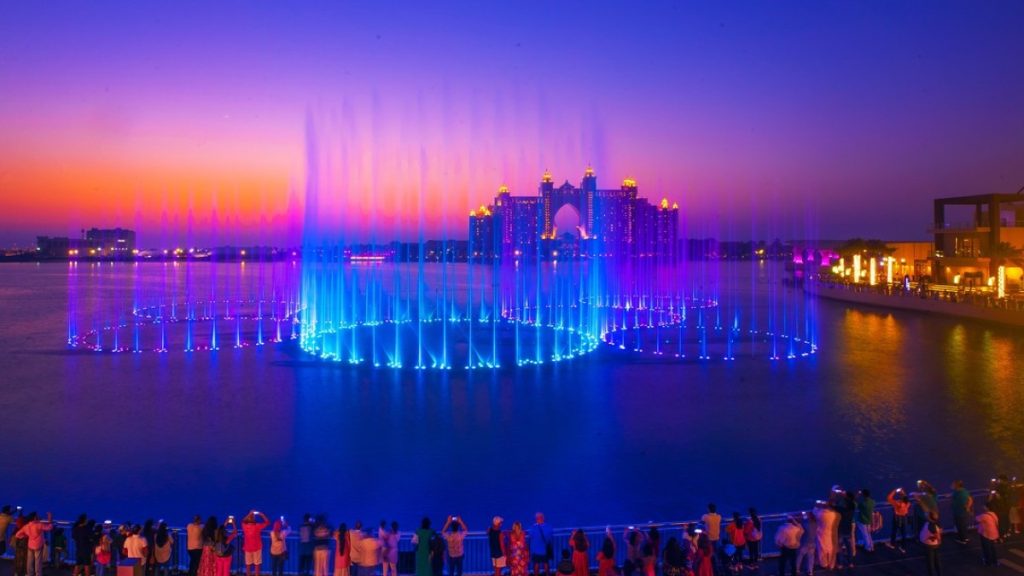
DUBAI DESERT CONSERVATION RESERVE
The Dubai Desert Conservation Reserve (DDCR) offers photographers a chance to capture the serene beauty of the Arabian desert. The vast expanse of golden dunes provides a minimalist backdrop, ideal for showcasing the play of light and shadow during sunrise and sunset. Early morning shoots often reveal tracks of nocturnal wildlife, adding intrigue to compositions. The reserve is home to the Arabian oryx and gazelles; capturing these animals in their natural habitat requires patience and a telephoto lens. Camel caravans traversing the dunes offer dynamic subjects that convey the region’s cultural heritage.
The contrasting textures of rippled sand and smooth skies can be emphasized using wide-angle lenses. Night photography enthusiasts will find the desert’s low light pollution perfect for astrophotography, with the Milky Way visible on clear nights. Including native flora, such as the resilient ghaf tree, can add focal points to desert landscapes. The undulating dunes create natural leading lines, guiding viewers through the frame. Aerial shots, captured via drones where permitted, showcase the vastness and patterns of the desert. The interplay of shadows during the golden hour adds depth and dimension to images.
Traditional Bedouin camps within the reserve provide cultural context and interesting subjects. Capturing the desert after rare rainfall can reveal a carpet of wildflowers, a unique juxtaposition. The silence and isolation of the desert allow for contemplative compositions, focusing on simplicity and form. Photographers should be mindful of the delicate ecosystem, ensuring minimal disturbance. Guided tours offer insights into the reserve’s conservation efforts, enriching the storytelling aspect of photography. The ever-changing patterns of the dunes mean no two visits yield the same images. Proper preparation, including sun protection and ample water, is essential for a comfortable shooting experience. The DDCR exemplifies the stark beauty of desert landscapes, offering endless opportunities for creative expression.
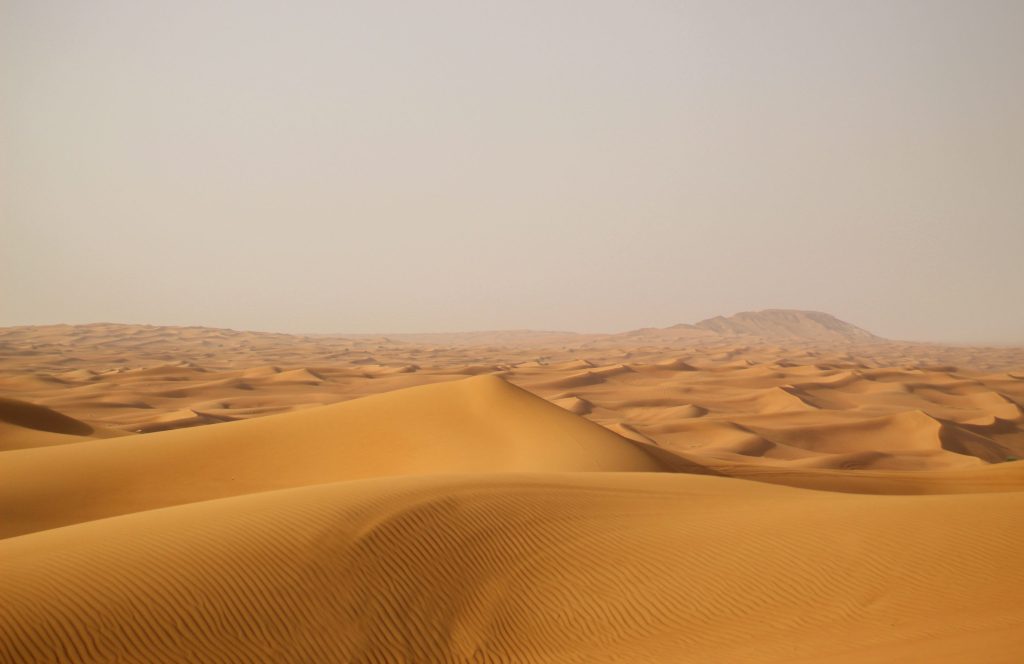
THE VIEW AT THE PALM
The View at The Palm offers an unparalleled perspective of Dubai’s iconic artificial island. Standing 240 meters high, this observation deck provides breathtaking views of Palm Jumeirah, the Arabian Gulf, and the city’s skyline. Located on the 52nd floor of The Palm Tower, it is a prime location for photographers seeking urban and coastal compositions.
The golden hour is the ideal time for photography, as soft sunlight enhances the sea and skyline. Reflections on the water add depth to images, making them more striking. Night photography is equally impressive, with illuminated buildings creating a dazzling cityscape. Long exposure techniques capture smooth light trails from moving vehicles.
Visitors can use the glass walls to incorporate reflections into their compositions. A wide-angle lens helps capture Palm Jumeirah’s symmetrical design, while including interior elements adds layers to shots. The contrast between Dubai Marina’s modern structures and the distant desert forms a compelling juxtaposition.
Drone photography is not permitted, making this one of the few high-altitude spots to capture Palm Jumeirah from above. The deck offers unobstructed views of the Atlantis Hotel, the fronds of Palm Jumeirah, and the Burj Al Arab. Experimenting with exposures helps balance bright city lights with the darker Gulf waters.
In conclusion, The View at The Palm is a must-visit for photographers aiming to capture Dubai from a new perspective. Whether shooting the city’s vibrant daytime energy or its luminous nighttime charm, this observation deck guarantees incredible compositions. Planning a visit around optimal lighting conditions ensures unforgettable photographs of one of Dubai’s most impressive landmarks.
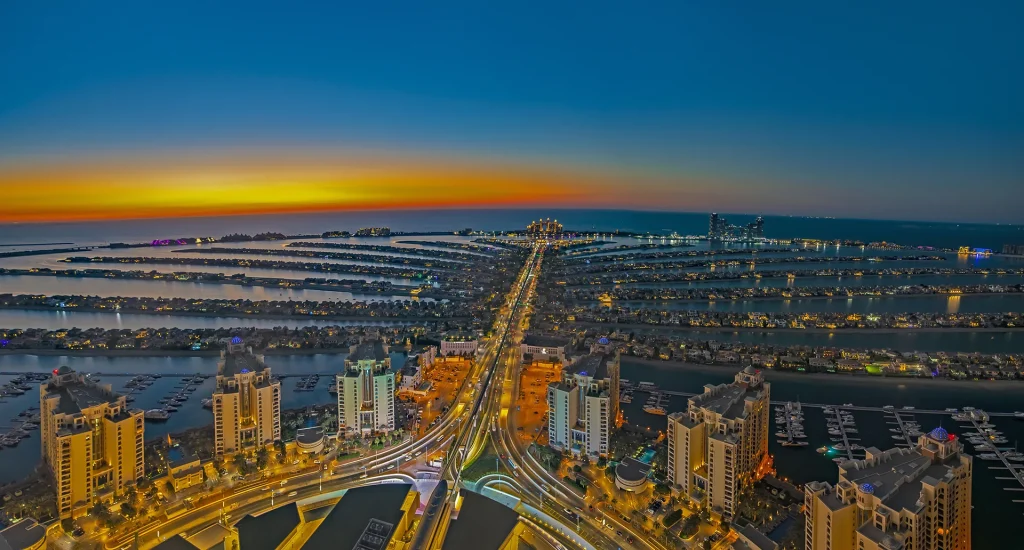
AIN DUBAI
Ain Dubai, the world’s tallest observation wheel, offers a breathtaking 360-degree view of the city’s skyline. Standing at 250 meters, it provides an exceptional vantage point for photographers looking to capture Dubai’s coastline, landmarks, and modern architecture. Located on Bluewaters Island, this attraction is a must-visit for those seeking unique aerial perspectives.
The best time for photography is during sunset when the city is bathed in golden light, creating stunning contrasts. At night, the wheel itself is illuminated with vibrant colors, making it an ideal subject for long exposure shots. Wide-angle lenses help capture the expansive view, while zoom lenses can focus on details like the Burj Al Arab, Palm Jumeirah, and the distant desert horizon.
Each cabin’s floor-to-ceiling glass panels provide uninterrupted views, allowing for creative compositions without obstructions. Reflections from the cabins can add depth to images, especially when framing the skyline. The moving perspective of Ain Dubai offers dynamic shooting opportunities, as the cityscape continuously shifts with every rotation.
Including foreground elements, such as the marina or beach, helps add context and scale to photographs. Shooting from different heights during the ride allows photographers to experiment with various compositions. The contrast between the bright lights of Dubai Marina and the dark waters of the Gulf enhances nighttime photography.
In conclusion, Ain Dubai is an essential location for capturing Dubai’s grandeur from above. Whether photographing the city’s vibrant energy in daylight or its illuminated beauty at night, this observation wheel provides an unparalleled experience. Planning a visit with the right lighting conditions ensures visually stunning results, making it a top destination for photography enthusiasts.
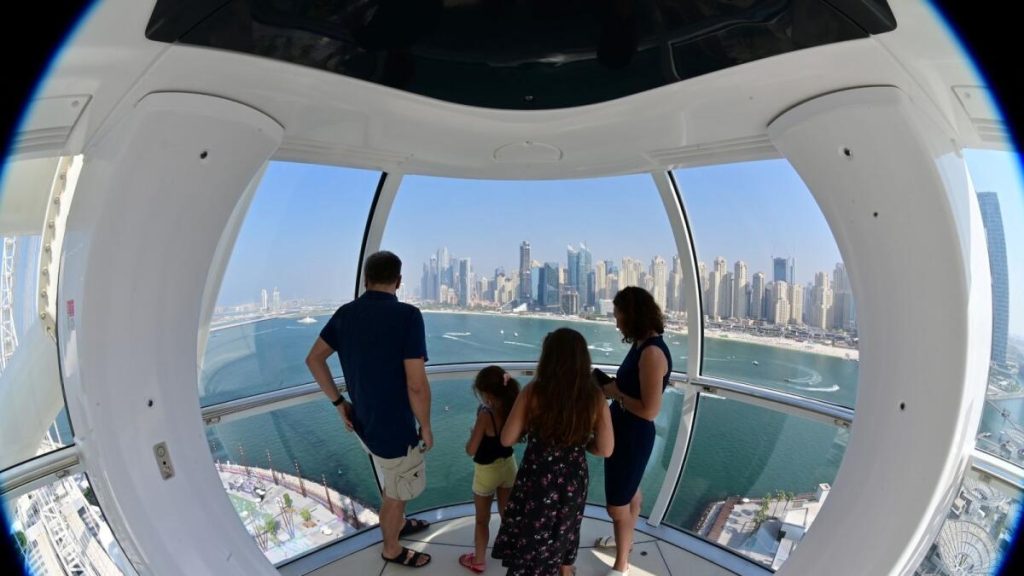
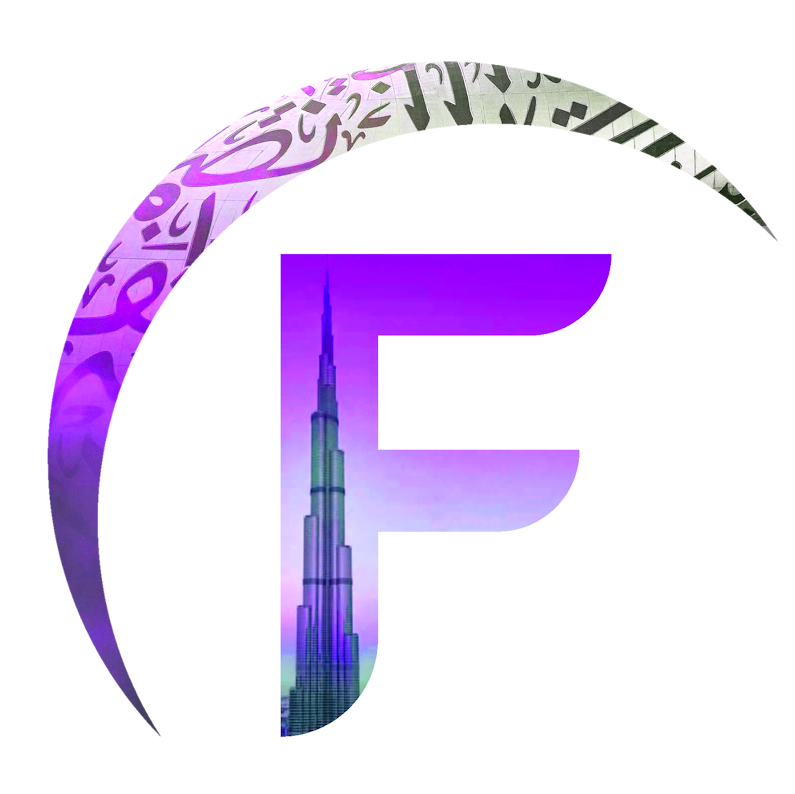
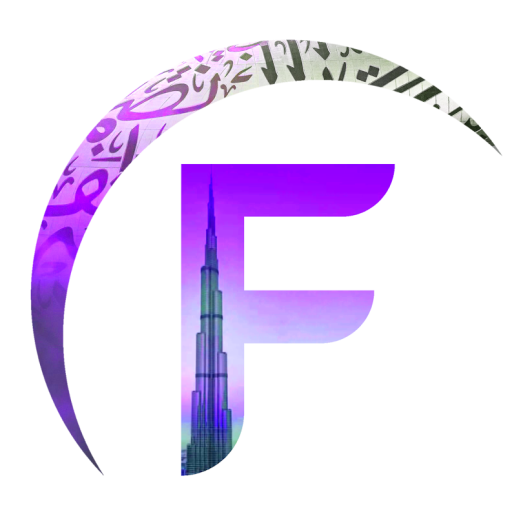
 then "Add to Home Screen"
then "Add to Home Screen"